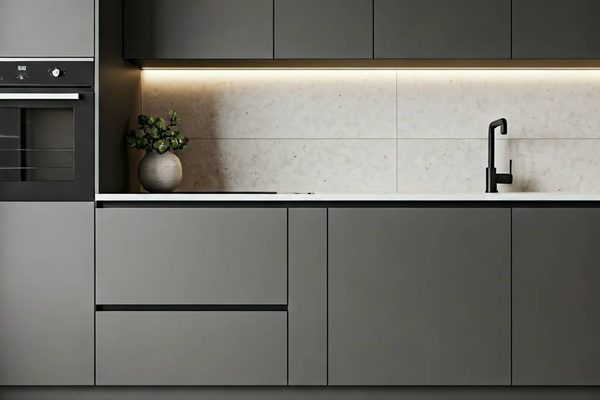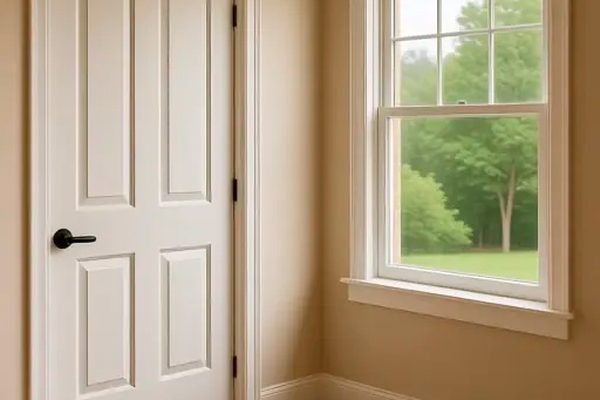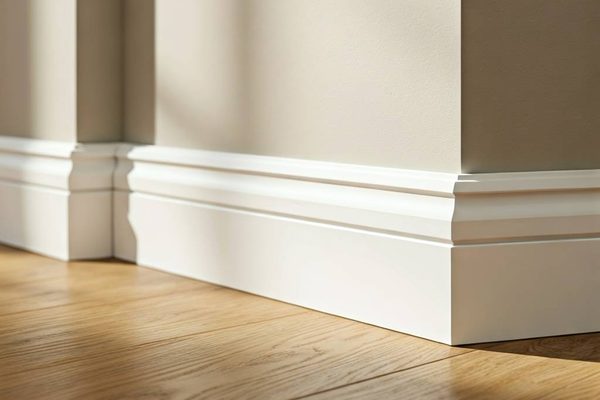General Contractor in NYC, NJ & PA
licensed general contractor providing kitchen renovation,
Fast Estimate Call 212-235-7377
Popular services

Kitchen Renovation
Smart layout, durable finishes, permits handled. Clean handover and predictable schedule

Bathroom Remodel
Waterproofing done right, flat tile, proper venting. Dry, durable, easy to maintain

Doors & Windows
Square openings, proper flashing, tight insulation. Quiet, draft-free fit

Flooring & Moldings
Flat substrates, tight joints, clean transitions. Even finish, long-lasting wear
Service Areas
We proudly serve clients across New York City boroughs, New Jersey and Pennsylvania. From Brooklyn brownstones to Staten Island homes, our team brings reliable renovation to every neighborhood.
Recent Projects
Our portfolio showcases completed renovations across NYC and NJ. Each project demonstrates our commitment to quality craftsmanship, code compliance, and design that fits the client’s lifestyle.
Reviews
Clients consistently rate us 5 stars for kitchen and bathroom remodels, basement finishing and commercial projects. Here are some of their recent reviews.
How We Work
Our renovation process is transparent and client-focused. From initial consultation to final walk-through, we ensure quality, clear communication, and full permit compliance.

Consultation and Scope
Initial consultation to define goals, budget and timeline for home remodeling in NYC/NJ. We outline scope of work, code requirements and a permit strategy so your kitchen, bathroom, basement or whole-home project starts right.

Assessment and Estimate
On-site assessment with measurements, structural/MEP review and code checks. You receive a transparent, itemized estimate with materials, labor and schedule—no surprises, accurate pricing, clear next steps.

Design and Permitting
Layout optimization, finish selections and construction drawings prepared to NYC building code. We handle permit filing (DOB/municipal), approvals and inspection sequencing to keep your renovation compliant and on track.

Build and Project Management
Scheduled demolition through finishes with licensed trades: framing, plumbing, electrical, HVAC, drywall, tile, millwork and paint. Daily site cleanliness, progress updates and change-order control deliver on time and to code.

Final Walk and Warranty
Final punch-list, inspection sign-off and permit close-out with photo documentation. You get maintenance guidance plus a written labor warranty and applicable manufacturer warranties for long-term peace of mind.